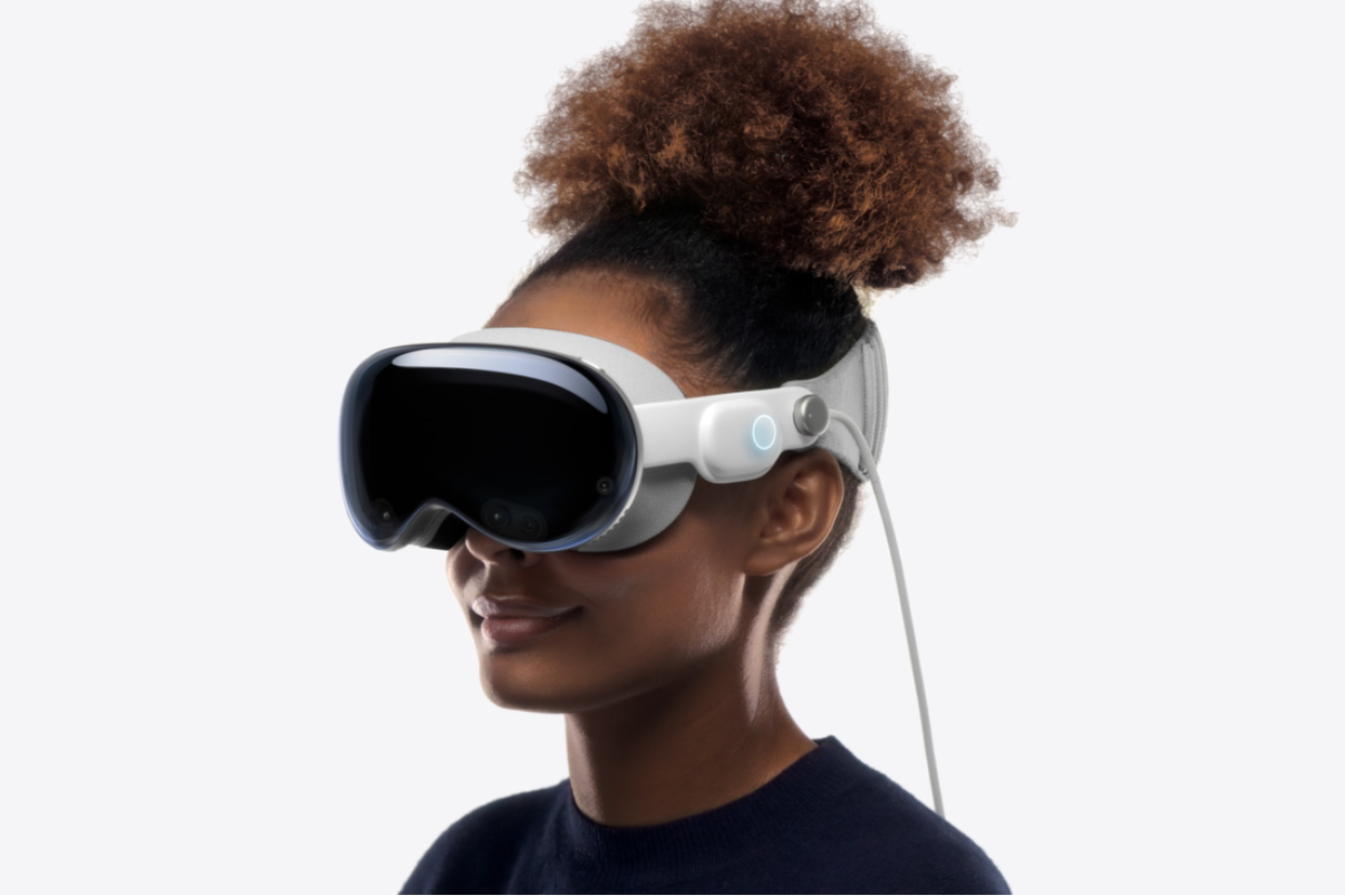In recent days, the tech world has been abuzz with the release of the Apple Vision Pro headset in select countries, including the US. Priced at $3499 (approximately ₹2,90,000), this innovative device promises to revolutionize the way we interact with technology. As enthusiasts eagerly share their experiences on social media, it’s evident that the Vision Pro is capturing the imagination of consumers.
Unlike traditional headsets that create a sense of isolation, the Vision Pro embraces a “spatial” approach, allowing wearers to seamlessly blend digital content with their physical surroundings. This unique feature sets it apart from other mixed-reality headsets on the market. Equipped with advanced technology, including a 3D display and a plethora of cameras, the Vision Pro offers a truly immersive experience without the discomfort typically associated with such devices.
One of the most remarkable aspects of the Vision Pro is its ability to mitigate common health issues like headaches and nausea. Unlike previous generations of mixed reality headsets, users have reported minimal discomfort, thanks to the device’s ergonomic design and advanced hardware.
Apple’s vision for spatial computing goes beyond mere entertainment. With over 600 compatible apps and games, the Vision Pro aims to be a versatile tool for productivity and creativity. From Microsoft 365 to Adobe Lightroom, popular applications are being optimized for the spatial computing experience, making tasks like photo editing and video conferencing more intuitive than ever before.
Looking ahead, it’s clear that the Vision Pro is just the beginning of a new era in computing. As technology continues to evolve, future iterations of the device will undoubtedly address any shortcomings and refine the user experience even further. Whether it’s for work or play, the Vision Pro offers a glimpse into a future where digital and physical worlds seamlessly coexist.
In conclusion, the Apple Vision Pro represents a significant leap forward in the realm of spatial computing. With its innovative features and intuitive interface, it’s poised to redefine our relationship with technology. As we await the next wave of advancements, one thing is certain: the future is spatial.



